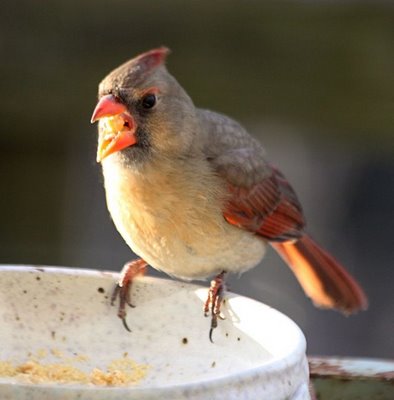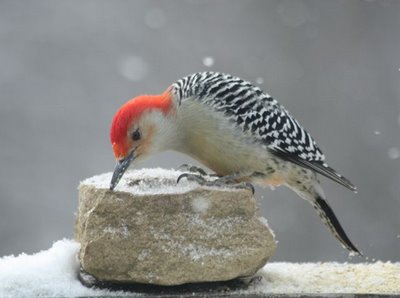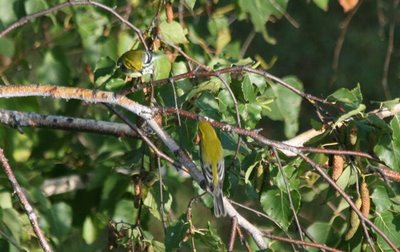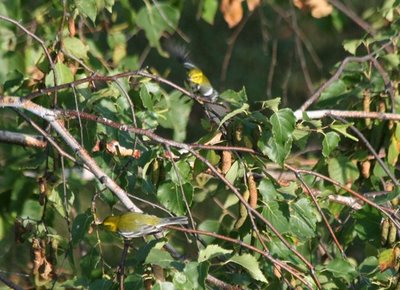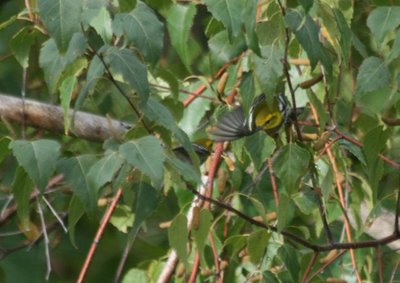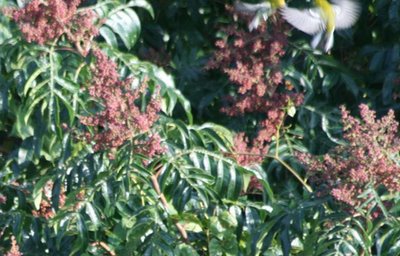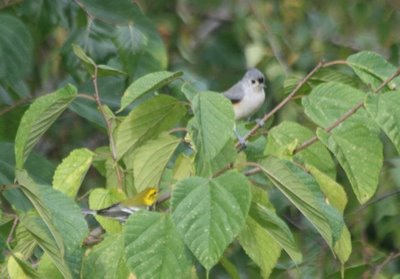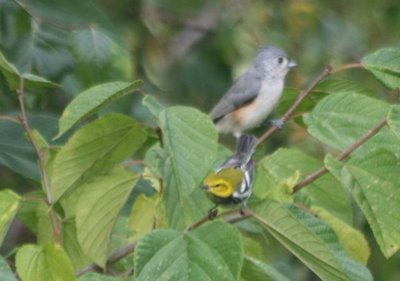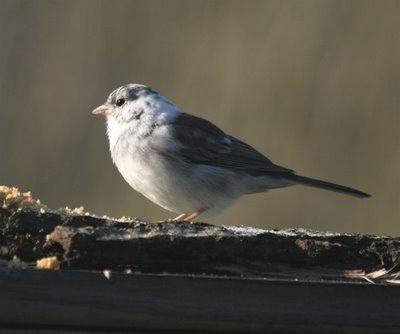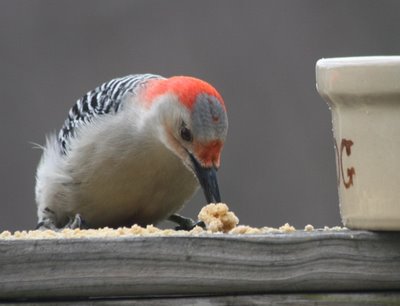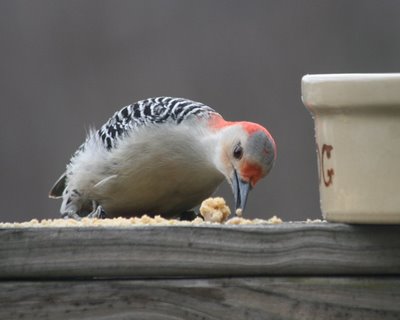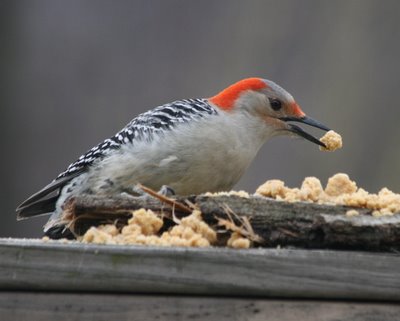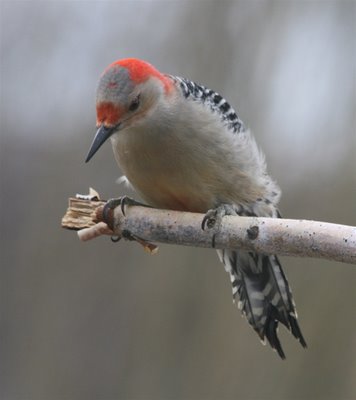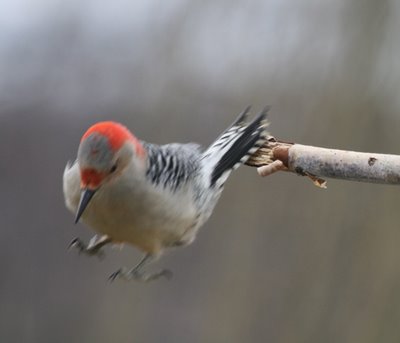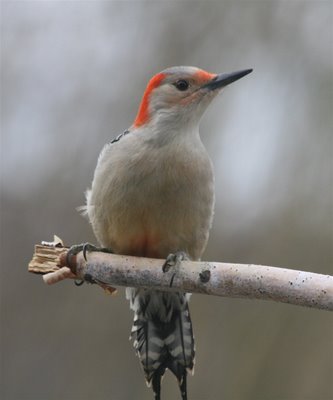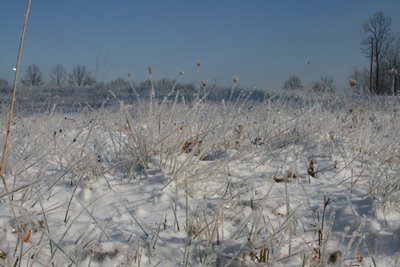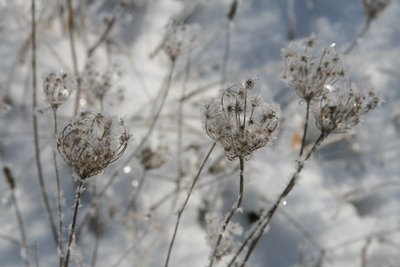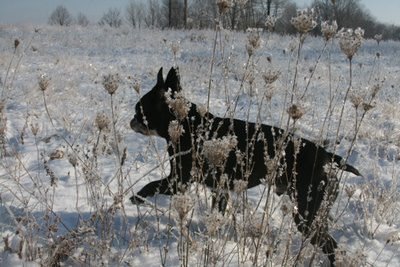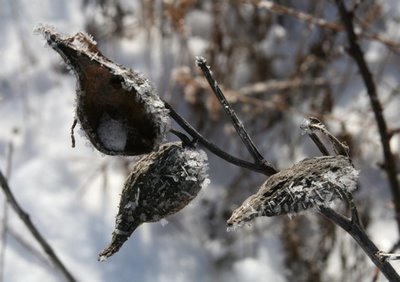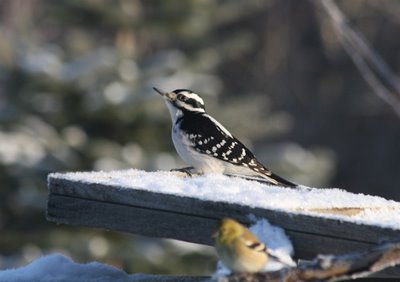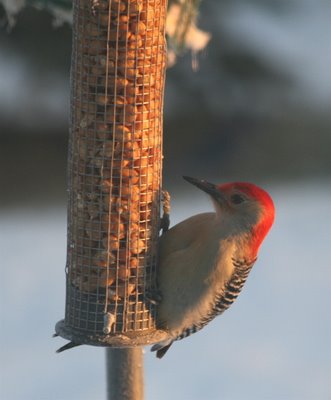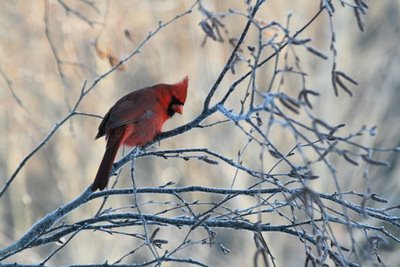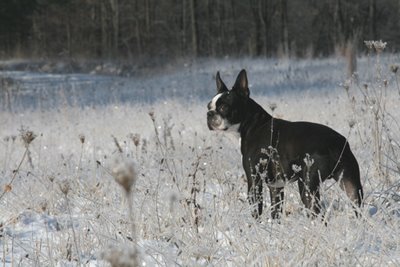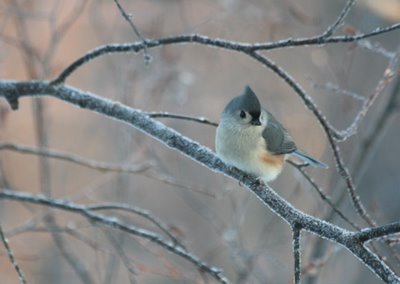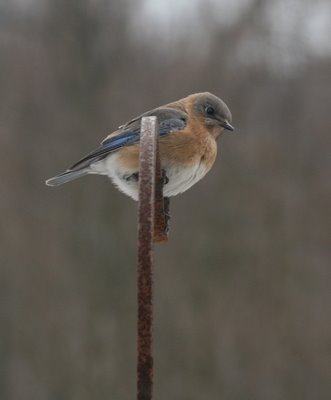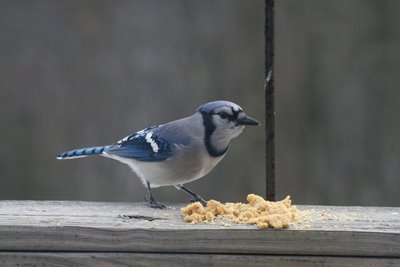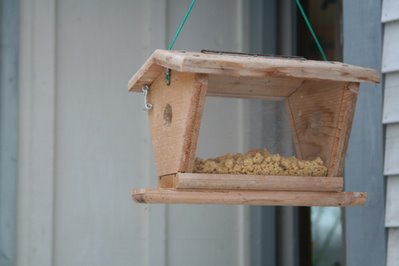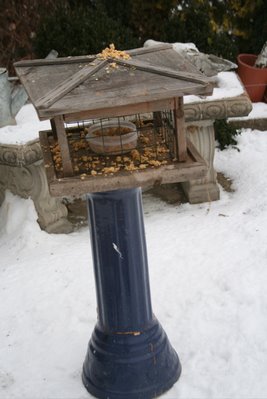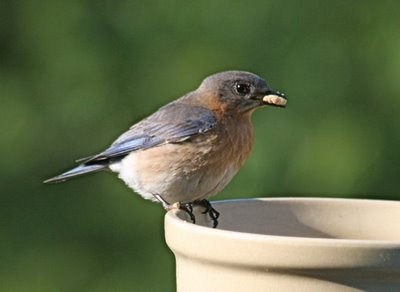
Sorry for the interruption. JFK airport looks on the surface like it has wireless Internet, but the terminal we occupied all day yesterday was overloaded or bereft, probably both. So I couldn't post. I went directly from my (fabulous!) writer's weekend at Murphin Ridge Inn in central Ohio to Pittsburgh on Sunday and stayed overnight with the family in an airport hotel hoping to fly out for Maine Monday morning. The Airline Gods declared that it was Not to Be. Instead of flying out of Pittsburgh at 7 AM, our flight was delayed, causing us to miss our connection in New York, and we wound up challishing in a windowless terminal crammed with miserable people at JFK for 7 hours. Every flight we could take to Portland, Maine, was canceled for the day, but they told us we might just get out at 10:30 P.M. if we were very lucky. Or, then again, we might not, and we'd have to spend the night in that terminal. Ohh, wouldn't that be luverly. As we had been languishing there since 10 A.M., we rejected that notion. Think crying babies, blaring alarms and announcements, flourescent lights, nowhere to lie down. One sandwich stand with bread like wallboard. Baaaaaaaaa. We put our heads together with a similarly stranded couple, decided to catch a flight to Boston, rent a car and DRIVE to Maine. Anything, anything, anything but more sitting at JFK. We finally fell into bed at 12:30 A.M. on Hog Island, Maine, where I'm writing now.
The kids were great, real troopers. All day long at that airport, Liam acted like he ate jumping beans for breakfast, when actually it was Frosted Flakes. Thinking about it, that's pretty much the same thing, isn't it? Speaking of inappropriate foods...
I've been winding up to write this post for quite awhile, because I wanted to be sure I knew what I was talking about before committing anything to electrons. I've figured out something about the concoction popularly known as "Zick Dough," and what I've figured out isn't good.
As many of you know, I've always been a little squeamy about people calling this stuff, a mixture of cornmeal, quick oats, flour, melted peanut butter and lard, "Zick Dough." I didn't invent it; the recipe's been around for years, first as "Miracle Meal," and then, with some alterations (less sugar, fewer ingredients) as "Peanut Butter Suet Dough." I first wrote about it in Bird Watcher's Digest in the fall of 2004, when I'd been feeding it for two years. So I guess I've had a considerable hand in popularizing it. Every time I post about it, people want the recipe, and it pops up on blogs all the time, usually as Zick Dough.
In 2002, a BWD subscriber in Port Orchard, Washington had sent in photos of herself feeding it to a wild male pileated woodpecker--from her
hand. Not only that, but over the ensuing seasons the big woodpecker brought his fledglings to her deck railing, where he'd stuff them with what she called "bird pudding." She sent me the recipe, we talked on the phone, and I came away convinced that this was some kind of stuff and I'd better start making it for my birds.
I've
posted, more or less ecstatically, about suet dough for two years now. I fed more of the stuff this winter and spring than ever before. I'd multiply the recipe (yes, it's in the link above) times six each time I made it, dragging a huge lobster pot up from the basement and using my stoutest stainless spoon to stir it. It takes all my strength to stir a batch like that, and I get down on the floor and hold the pot between my knees as I grunt and groan the mixture into smoothness. But oh, the birds it attracted, especially my beloved bluebirds. I felt I was helping them through the winter.
Most of the U.S. had an abnormally cold, wet spring (or long winter, however you want to look at it). I kept feeding the dough at winter levels well into May, because it just refused to warm up, and I knew there couldn't be many insects stirring when it rained all day, and the nights went into the 30's and 40's.
And two bluebirds in my yard turned up lame. She looks fine--until you notice the missing scute on the outer toe--that pink zone.

First, the male from the front yard nestbox started holding up one foot, balancing awkwardly on the other and catching himself with an outthrust wing when he'd fall. Almost at the same time, the female bluebird from the backyard nestbox started sitting very low, puffed up as if she were in pain, and favoring both feet alternately. Now, this isn't necessarily something that would alarm me had it occurred in just one bird; I'd figure it had pulled a muscle or gotten its toe bent the wrong way. As I thought about it, though, I've seen lame legs in other songbirds at my suet dish over the years. I always figured they were coming to the suet dough dish because they were compromised. It didn't occur to me that they might have been compromised
because they were coming to the suet dough dish.
Hmm. What's that going on with the heel of her right foot?
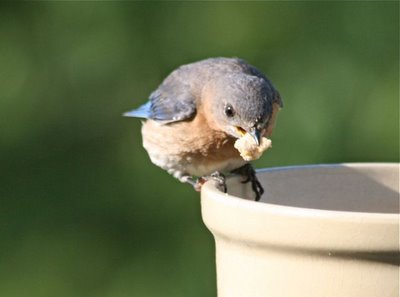
One of the nice things about having a 300 mm. lens,
Mary, is that you can make a close-up examination of a bird you can't handle. I decided to photograph the afflicted birds' feet and legs, to see if I could blow up the pictures and determine what was going on.
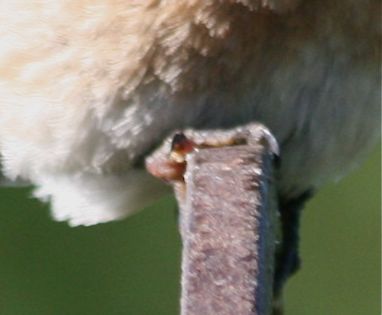
On getting my photos on the screen, I was sickened to see the backyard female bluebird's feet swollen, red and misshapen. No wonder she was acting as if she were in pain. She was in a great deal of pain, and she had to feed a brood of five young right through it all. And what was she feeding them? Why, Zick dough, of course.
Because the front yard male held up his foot, hiding it in his belly feathers, I couldn't get a picture of him, but I noticed that he switched off--sometimes he'd hold up the left leg; sometimes the right. That makes injury unlikely, and points even more directly to a metabolic problem. The mental leap I immediately took was that this condition had to be dietary in origin. When a pet bird turns up with a problem--any problem--the first place you go for answers is its diet. As I thought about it, these garden bluebirds, for all practical purposes, ARE pets, since they are eating prodigious quantities of an artifical diet. They're living on lard, oats, cornmeal, flour and peanut butter. Does that sound like a proper diet for a wild bluebird?
Wouldn't you think someone who has kept an orchard oriole and a Savannah sparrow going for 17 years as captives, feeding them everything from live wasp larvae to lasagne, might have figured this out before now? I can be a little slow.
As my friend Shila points out, the foods that are seasonally available to wild birds (and people) are the foods that are appropriate for them at that time of the year. Feeding unlimited lard and peanut butter all winter and well into the spring can't be a good idea. The more I thought about it, the more convinced I became that I had created this problem in otherwise healthy birds. So I got on the trail of it. I'll tell you what I learned tomorrow.
Labels: lameness in wild birds, the inhumanity of air travel, Zick dough

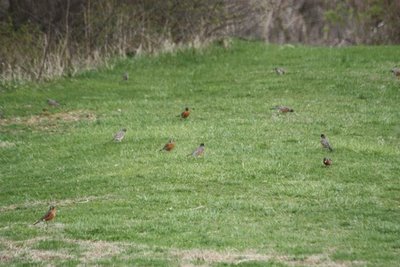
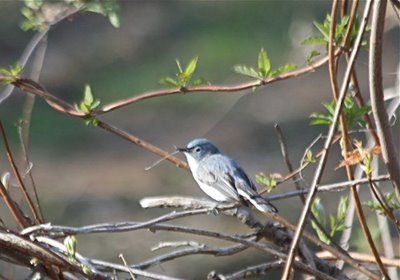
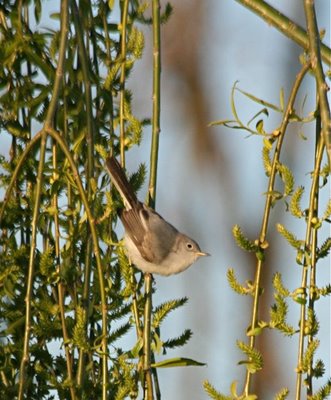
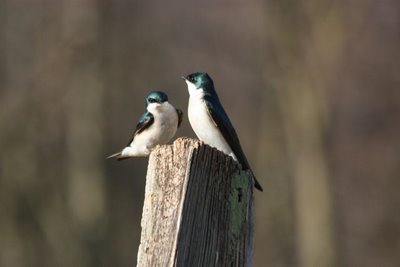
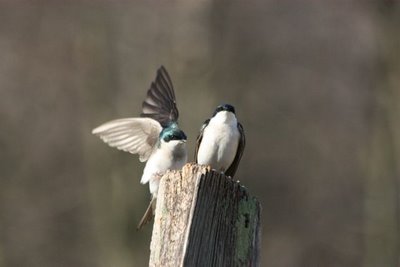
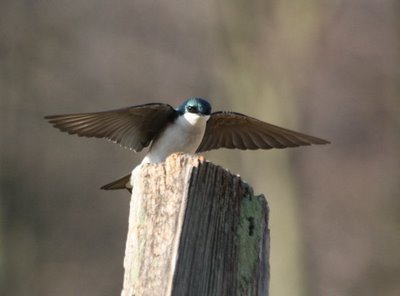
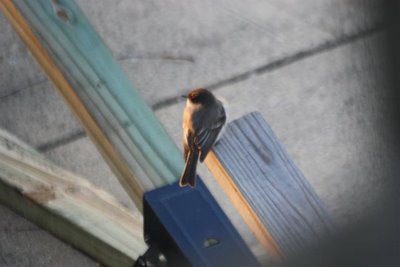
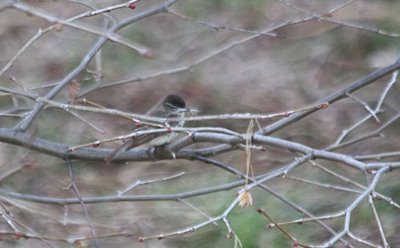 The finished nest.
The finished nest.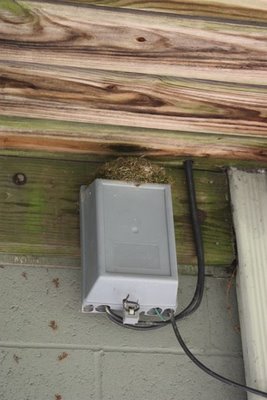 Phoebes like a low ceiling.
Phoebes like a low ceiling.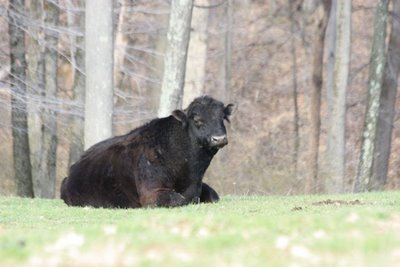
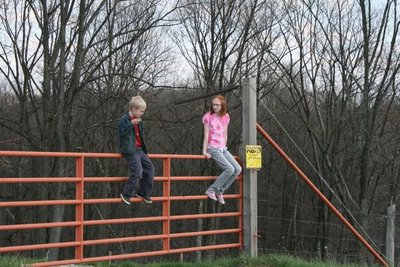 They love to peek in the boxes.
They love to peek in the boxes.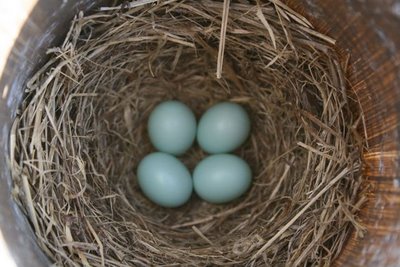 Sometimes there's a different surprise.
Sometimes there's a different surprise.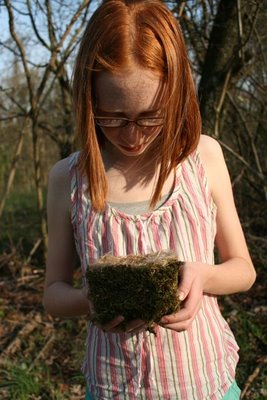 Phoebe holds a Carolina chickadee nest of moss, goldenrod stem fiber and deer hair.
Phoebe holds a Carolina chickadee nest of moss, goldenrod stem fiber and deer hair.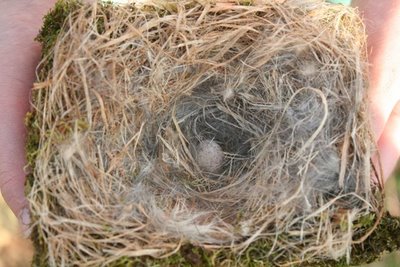 Chickadee mothers cover their eggs with fur and plant down when they have to leave the nest. It's very sweet. They make a little blanket that they pull over the eggs. I adore chickadees. I would love to tell you how many eggs the little hen has now, but she won't budge off the nest when I open the box, and I am not about to kick a chickadee out of her home just so I can know how many eggs there are. Still, it would be nice to know, because eggs are much easier to count than squirmers.
Chickadee mothers cover their eggs with fur and plant down when they have to leave the nest. It's very sweet. They make a little blanket that they pull over the eggs. I adore chickadees. I would love to tell you how many eggs the little hen has now, but she won't budge off the nest when I open the box, and I am not about to kick a chickadee out of her home just so I can know how many eggs there are. Still, it would be nice to know, because eggs are much easier to count than squirmers.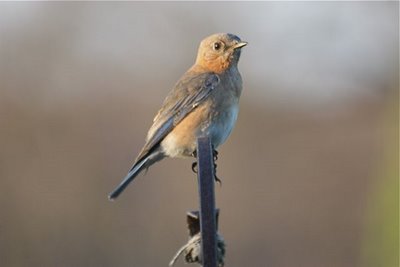

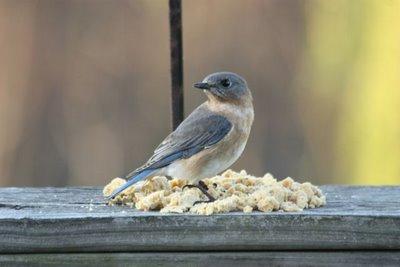
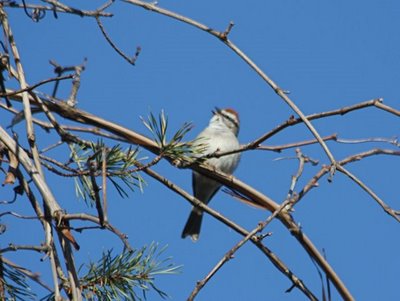
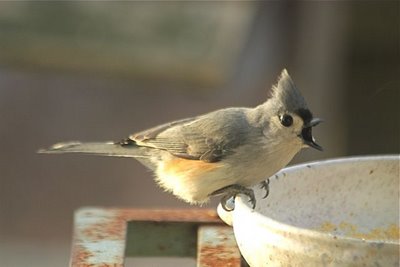
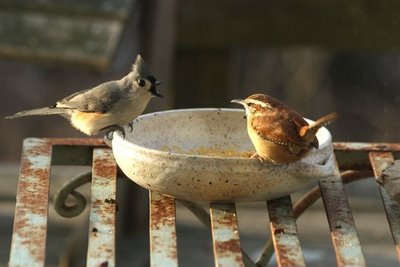
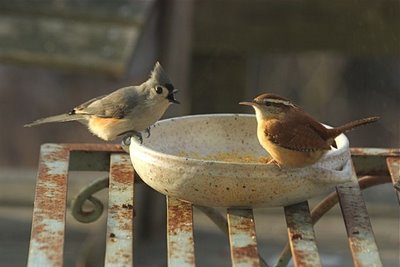
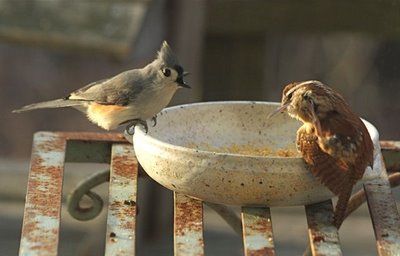
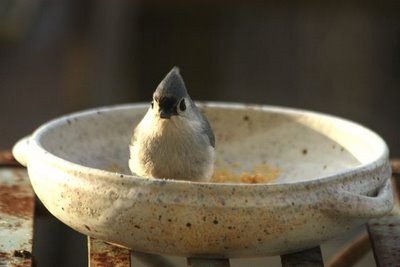
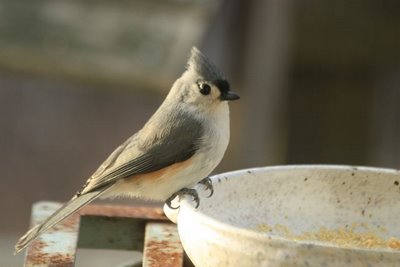
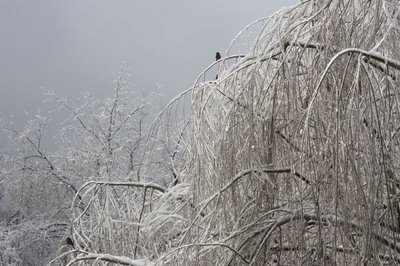


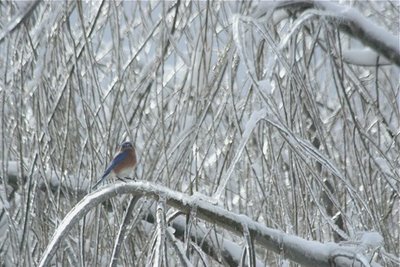
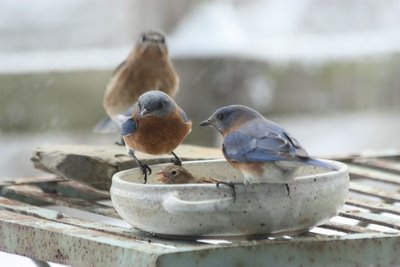
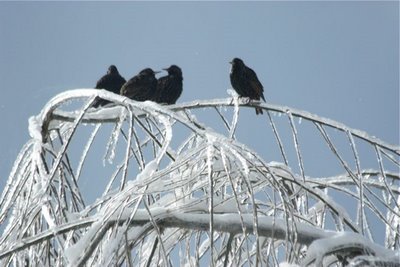
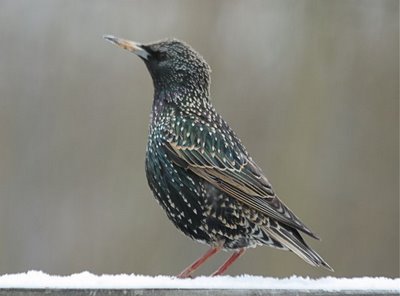
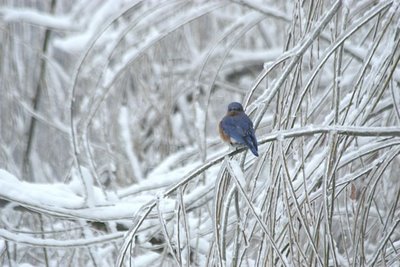
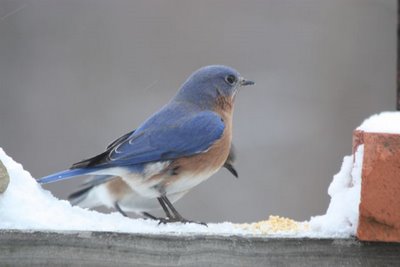
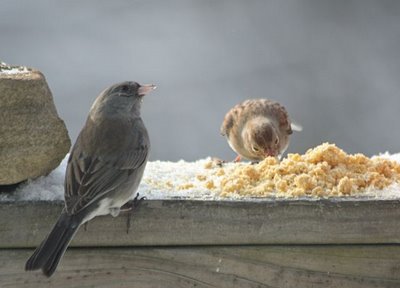
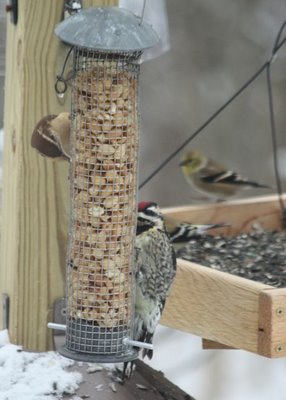
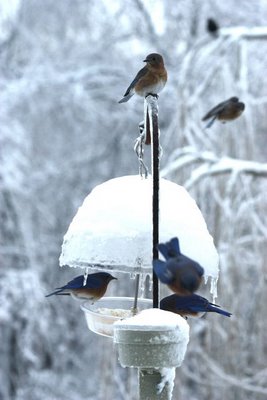
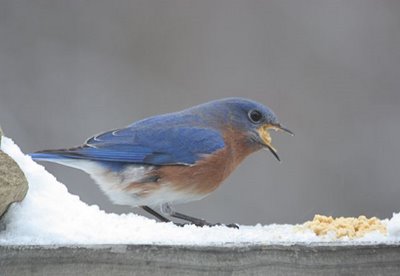
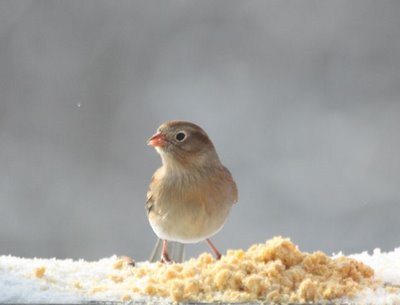
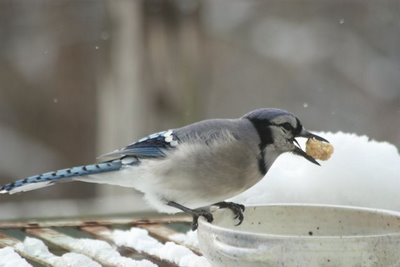 A blue jay helps himself to dough
A blue jay helps himself to dough